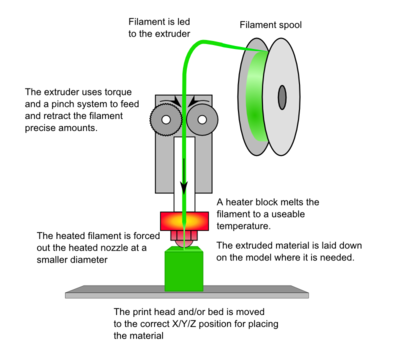 |
| Ia Orana Maria by Paul Gauguin |
This was the third visit of my lifetime to the Met and it was a great joy to see some of my favorite paintings again and to watch Terri's reactions as she saw them for the first time. At one point, as we stepped into a room with several flower paintings by Georgia O'Keeffe, I commented that some artists have a style so unique you can recognize their work immediately.
That stuck in my mind as I reflected that a few artists master a particular technique or concentrate on a particular subject matter so intensely that they own the genre. Vincent van Gogh had his bold, thick paint strokes. Georges Seurat worked with dots. Edgar Degas captured the grace and energy of the dancers. Roy Lichtenstein also worked with dots, but in a completely different way than Seurat.
In the realm of photography there have also been those who have developed a style so unique it is instantly recognizable. Mathew Brady, Dorothea Lange, Ansel Adams and Annie Leibovitz come to mind.
Stepping beyond the visual arts, think of the companies that have so uniquely captured their niche that they own it in the minds of the consumer. Pullman railroad cars, Fender guitars, the Beatles, the Apple iPod and YouTube are a few examples.
What about you? What are you doing to find and claim ownership of your genre?
You might also like:
The Age of Creativity
Gateway to the Artistic
The Price of Canvas



